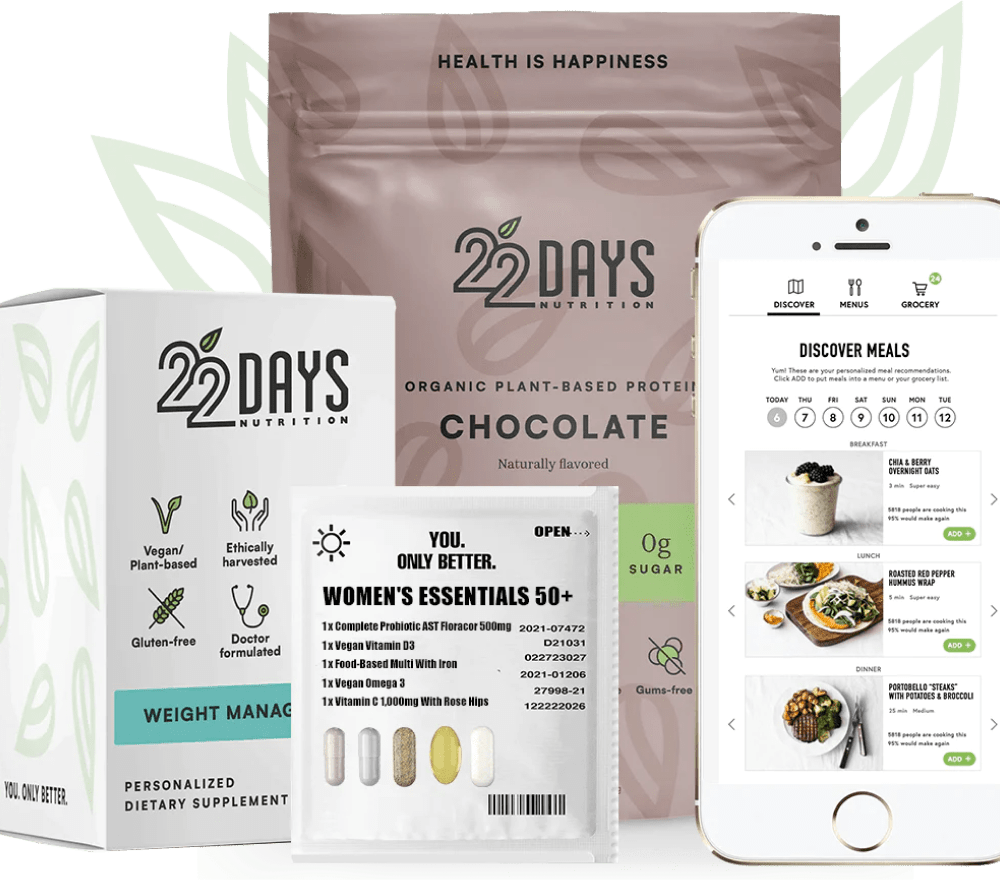A Guide to Vegan Non-Soy Milk Alternatives

Moving away from dairy can be a difficult transition for a new vegan or someone who is avoiding dairy for health reasons. It’s not that there’s anything wrong with non-dairy milk; it’s just that many people are so used to the flavor and consistency of cow’s milk that it can be hard to reconcile the difference. For many years soy milk was the only widely-available alternative, but luckily now shoppers have a lot of non-soy options. This is especially important for those who have soy allergies or just avoid soy for other reasons. So which milk alternative should you choose? Here’s a rundown of our favorites and tips on how to use each one.
Almond Milk
Almond milk can vary widely in flavor – some say it tastes nutty and a bit sweet, while others report it can be a bit salty on the finish. You can find sweetened and unsweetened almond milk in both refrigerated cartons and shelf stable boxes at your local grocery store. It is a versatile milk that is perfect for adding to your coffee/tea, cereals, smoothies and any other dishes you would use cow’s milk. Want to make your almond milk so you know exactly what’s in it? Here’s a simple recipe from our founder, Marco Borges, who makes it at home for his whole family to enjoy.
Homemade Almond Milk
- Soak almonds 8-12 hours. Be sure to use enough water to cover the almonds.
- Strain the water.
- Add almonds to blender with water. Use 4 cups of water for every 1 cup of almonds.
- Add 1-2 pitted dates and 1 tsp of organic Madagascar Vanilla.
- Blend until almonds are very finely chopped - the liquid will be white because of the white flesh of the almonds.
- Pour mixture into a cheesecloth and strain liquid into a container.
Voila! Your almond milk is ready to enjoy. Don't forget to save the leftover almond meal for adding to salads or cereals!
Coconut Milk
Coconut milk just sounds delicious, doesn’t it? Carton-type coconut milk (found in the refrigerated section of your grocery store) tends to be a bit watery, though. It also doesn’t have much flavor, but that can be a good thing if you don’t want to overpower certain dishes. Refrigerated cartons of coconut milk are great for using with cereals, smoothies and for baking. Canned coconut milk is another story. Since it contains a much higher fat content, it is much creamier, making it great for cooking – particularly in sauces and soups. It has a wonderful coconut flavor, but keep this in mind when using it to add creaminess – your dish will also have a coconut flavor.
Rice Milk
Rice milk tends to have very little flavor, which is why you typically won’t find an unsweetened version. It can be a bit watery and thin, so it’s probably not best used as a milk replacement in baked goods or other recipes. For those who don’t want much taste in their milk, this is a good option for cereals or smoothies.
Hemp Milk
This is one of the most recent entrants to the non-dairy milk market, and it tastes creamy with a bit of maltiness. You’ll find that hemp milk has a similar flavor to cow milk, but it may not be great for adding to coffee as it tends to have a bit of a bitter aftertaste that’s much more noticeable when added to another bitter compound.
Cooking with Non-Dairy Milk
When cooking with nondairy beverages, consider the type of cooking or baking you are doing and select your “flavor” of milk accordingly. Use plain (and unsweetened) varieties for savory recipes, (mashed potatoes, sauces, soups, etc.) Use flavored non-dairy milks for sweets including cookies and quick breads to add a dash of deliciousness. For recipes that ask for buttermilk, mix a cup of non-dairy milk with two tablespoons of vinegar, apple cider vinegar, or lemon juice and let it set for a few minutes – it will work just fine. We want to know, what’s your favorite non-dairy milk? Please share in the comments below! Photo (top): Amazing Almonds





